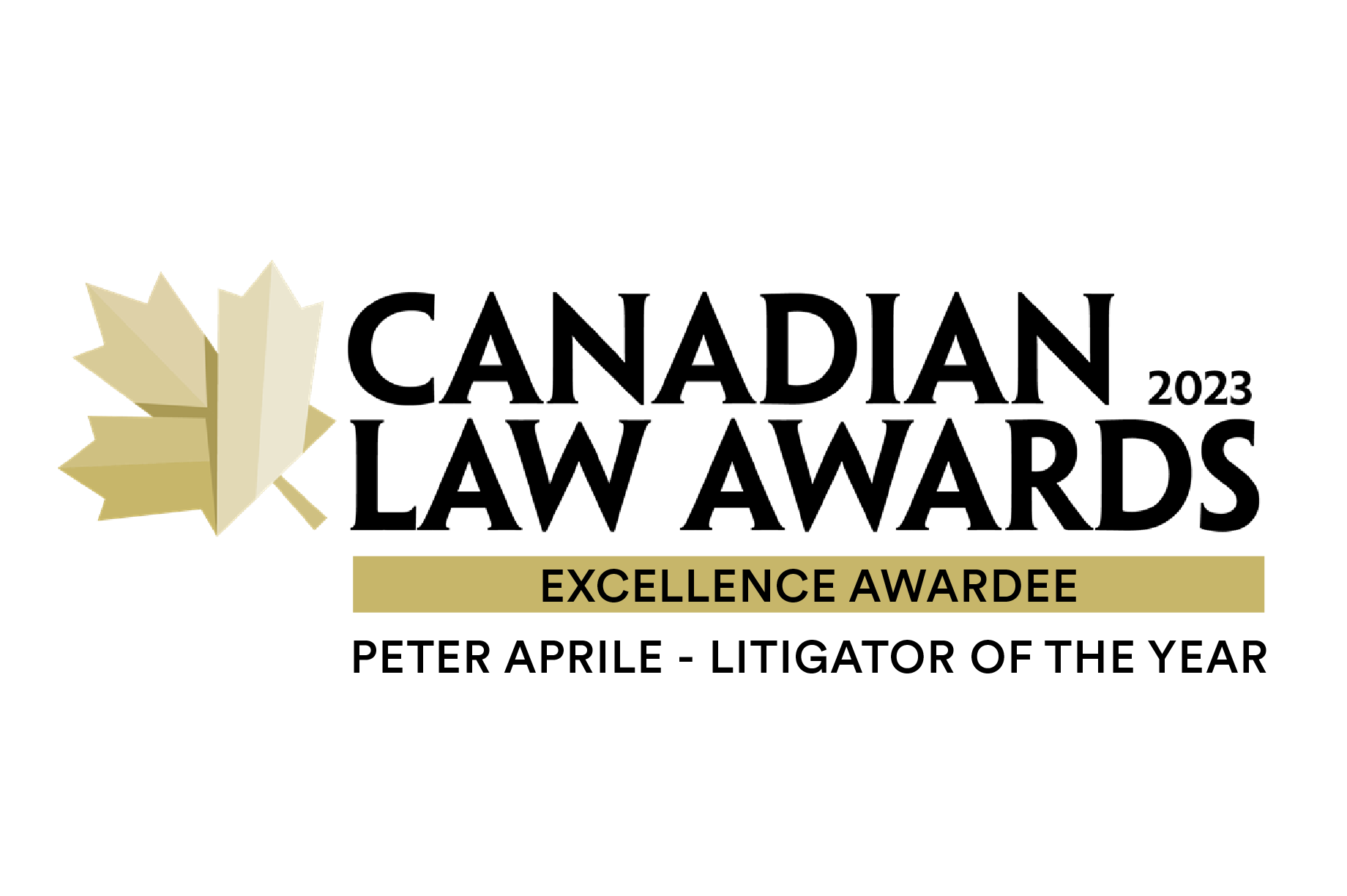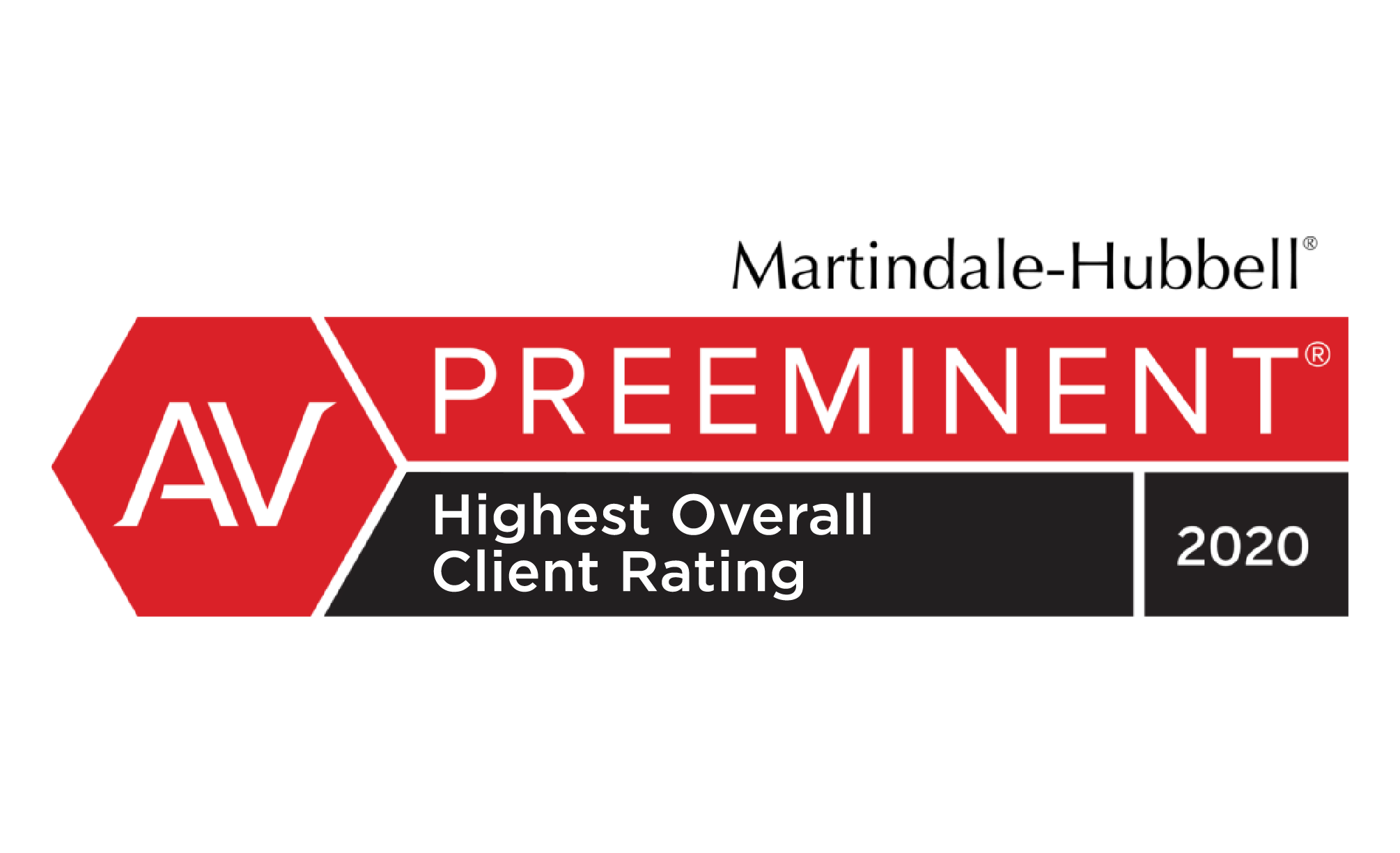
Key Takeaways
- Penn Ventilator v. HMQ shows how disputes evolve when a transaction supports two viable case theories: one tied to the structure, the other to the business’s economic behaviour.
- Courts resolve this tension by testing which theory better explains the company’s actual decision environment: the pressures, timing, constraints, and leadership actions that shaped the choices.
- The outcome turned on how the company’s decisions were explained and positioned at the moment the case theories diverged, when the dispute first required a choice between a structural reading and an economic one.
The Situation
Penn Ventilator Canada redeemed shares from its U.S. parent during a period of financial pressure, using a promissory note to complete the transaction. The note did not resemble standard borrowing. Yet the business context made the move logical: liquidity was tight, operations required support, and leadership acted quickly to stabilize the business.
This created an interpretive split.
The same sequence could be read structurally or economically.
The Court accepted the economic reading and allowed the interest at issue.
Competing Case Theories
1. Government’s Theory: Structure as the Governing Signal
The government framed the promissory note as a categorical mismatch. If the instrument inside the redemption did not qualify as “borrowed money,” the downstream interest could not meet the statutory requirement. Under this reading, the structure controlled the outcome.
2. Penn Ventilator’s Theory: Decisions Made Under Real-World Pressure
The company framed its actions as a sequence shaped by operational constraints. Leadership explained why capital was needed, how timing influenced the transaction, and how the funds supported income-producing activity. Their explanation fit the pressures the business actually faced.
The dispute became a contest between a narrow structural lens and a broader model that captured the internal logic of the decisions.
Mechanics of the Provision vs. Interpretive Focus
| Provision | Technical Requirement | Interpretive Focus | Relevance in Penn Ventilator |
|---|---|---|---|
| s. 20(1)(c) | Interest must be paid or payable on “borrowed money.” | Examine how the funds actually functioned inside the business, especially when the structure does not resemble a standard loan. | The promissory note within the share redemption did not meet the technical definition of “borrowed money.” The Court instead focused on how the capital supported operations during financial pressure and aligned with the company’s real decisions. |
What Made the Difference
The decisive factor was the depth of Penn Ventilator’s model. Courts often adopt the interpretation that ties actions, timing, and outcomes into a pattern that reflects how operators behave under pressure.
How Courts Weigh Two Competing Readings
When form and behaviour diverge, courts test which case theory offers a fuller explanation of the company’s incentives, constraints, and decision sequence. The formal rules narrow the field, but the interpretation and outcome turn on the company’s real actions and how they were shaped at the point where the case theories diverged.
Penn Ventilator’s decisions — capital deployment, leadership alignment, operational priorities — formed a clear internal logic. Each element supported the next. The structural theory flagged an imperfection; the business theory explained why it appeared and what problem it addressed.
When courts face two plausible readings, they tend to adopt the one that reconstructs the company’s real decision environment.
Patterns That Influence Which Theory Prevails
Courts examine whether leadership behaviour, timing, and capital movement align toward a single business rationale. When these signals reinforce one another, they create a pattern of intent and operations that often outweighs the structural irregularity that initiated the dispute. credibility.
The Signal for Business Leaders
Penn Ventilator highlights a recurring dynamic in mid-market disputes. The fork between competing case theories emerges early, often immediately after reassessment, when the structure and the business behaviour can be read in different directions.
From that point on, the dispute turns on which interpretation better explains why the company acted the way it did. Sophisticated operators recognize this early divergence. They develop the case theory that fits their actual conditions: timing pressures, resource limits, leadership reasoning, and the practical logic behind each decision.
A consistent pattern appears across disputes:
- the government’s preferred reading isolates the structural flaw, versus
- the alternative reading reconstructs the company’s real decision environment.
Courts often adopt the version that reduces ambiguity and reflects how operators behave under constraint.
Penn Ventilator reinforces that a well-developed business narrative creates interpretive pull. When two case theories compete, the interpretation shaped early in the dispute-engaged phase and anchored in how the business actually operated often sets the direction and outcome.
Case Reference: Penn Ventilator Canada Ltd. v. HMQ., 2002 TCC 10

.jpg?width=120&name=Counter%20Tax%20Litigators%20Logo%20Stacked%20(MidnightBlue%20on%20White).jpg)













.png?width=400&height=400&name=CT-How_Can_We_Help-22_july_NewGraphic_b(small).png)

.png?width=1386&height=1224&name=2025%20Legal500%20Elite%20Boutique%20Award%20(Badge).png)
.png?width=1386&height=1224&name=ITR%20Finalist%20Practice%20Leader%20of%20Year%20Peter%20Aprile%202024%20(Badge).png)
.png?width=1386&height=1224&name=2025%20Legal500%20Leading%20Firm%20Client%20Satisfaction%20Award%20(Badge).png)





.png?width=1386&height=1224&name=ITR%20Tax%20Innovator%20Finalist%202024%20Award%20(Badge).png)
